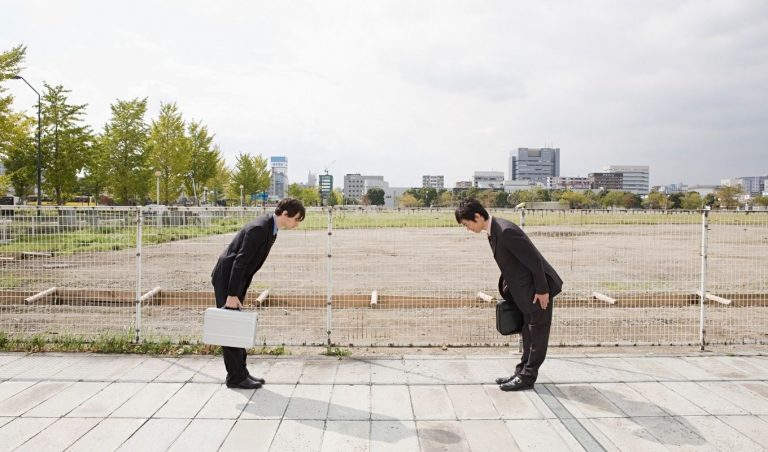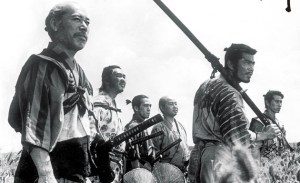Asakusa is an area centered around the Sensoji Temple with Kaminarimon or the “Thunder Gate” and the Nakamise shopping street. It is surrounded by water and steeped in a rich tradition. It is very pleasant to contemplate the views of the riverbank, get on a boat for a cruise on the river or stroll along the traditional routes, full of stalls and authentic souvenir shops where they sell quintessential Japanese products.
Asakusa is a city of water. It sits on the mighty Sumida River. Many iconic buildings line the area. The visitor can go to the striking red Azuma-bashi bridge and enjoy the views of the towering Tokyo Skytree and savor beer at the Asahi Beer Hall, inside the Asahi group headquarters building with its golden sculpture, designed by Philippe Starck, which adorns ceiling. To enjoy the city from the water, you can board the Hotaluna water bus, specially made for a river cruise.
The Sensoji Temple in Asakusa is Tokyo’s oldest and most famous holy site with a history dating back 1,400 years. This enclosure is dedicated to Kannon, the Buddhist goddess of mercy. It is incredibly popular with millions of people who visit it every year.
The Asakusa district and Sensoji Temple are so deeply connected that their names are written in the same Chinese characters, which means “shallow grass.” “Senso” is the Chinese pronunciation and “Asakusa” is the Japanese pronunciation. When Sensoji was first founded, the Asakusa area was not a busy city like today, but a wild meadow where very few people lived. However, thanks to Sensoji, Asakusa became a lively center for pilgrimage and commerce. The temple is the true heart of the city.
The history of the temple
Along with the prosperity of Edo (former Tokyo), visitors to Sensoji increased, Asakusa became its cultural center. In the golden age of this era hundreds of small Shinto shrines were built on the temple grounds and Asakusa was erected as a holy place for the worship of common people.
In the Meiji era, the temple grounds became Asakusa Park. The Sixth District became famous as an entertainment hub, making a great contribution to the history of Japanese theater and cinema. The opening of the railroad car line in 1882 and with Japan’s first skyscraper, Ryounkaku (also known as Asakusa twelve stories, 52 m high) in 1890, Asakusa led the movement of civilization and enlightenment.
Today, Asakusa is one of the few places in Tokyo where the traditional style of Japan is preserved. Most of the streets, stations and shops have a historical aspect, they have cornets in the streets that play traditional Japanese music, there are many kimono shops and objects typical of Japanese culture.
There are also many kimono rental shops, available for all those who want to have the experience of wearing traditional Japanese clothing. In Asakusa you see many people, both Japanese and tourists, dressed in kimono.
Asakusa is undoubtedly one of the most charming places in Tokyo, as it takes you to the essence of Edo (the old name of the city) and combines modern aspects such as its proximity to the tallest tower in the world, the “Tokyo Skytree”.
Visiting Asakusa is one of the first points in any tourist itinerary in Tokyo, for its temples, shops, style and spiritual essence.


